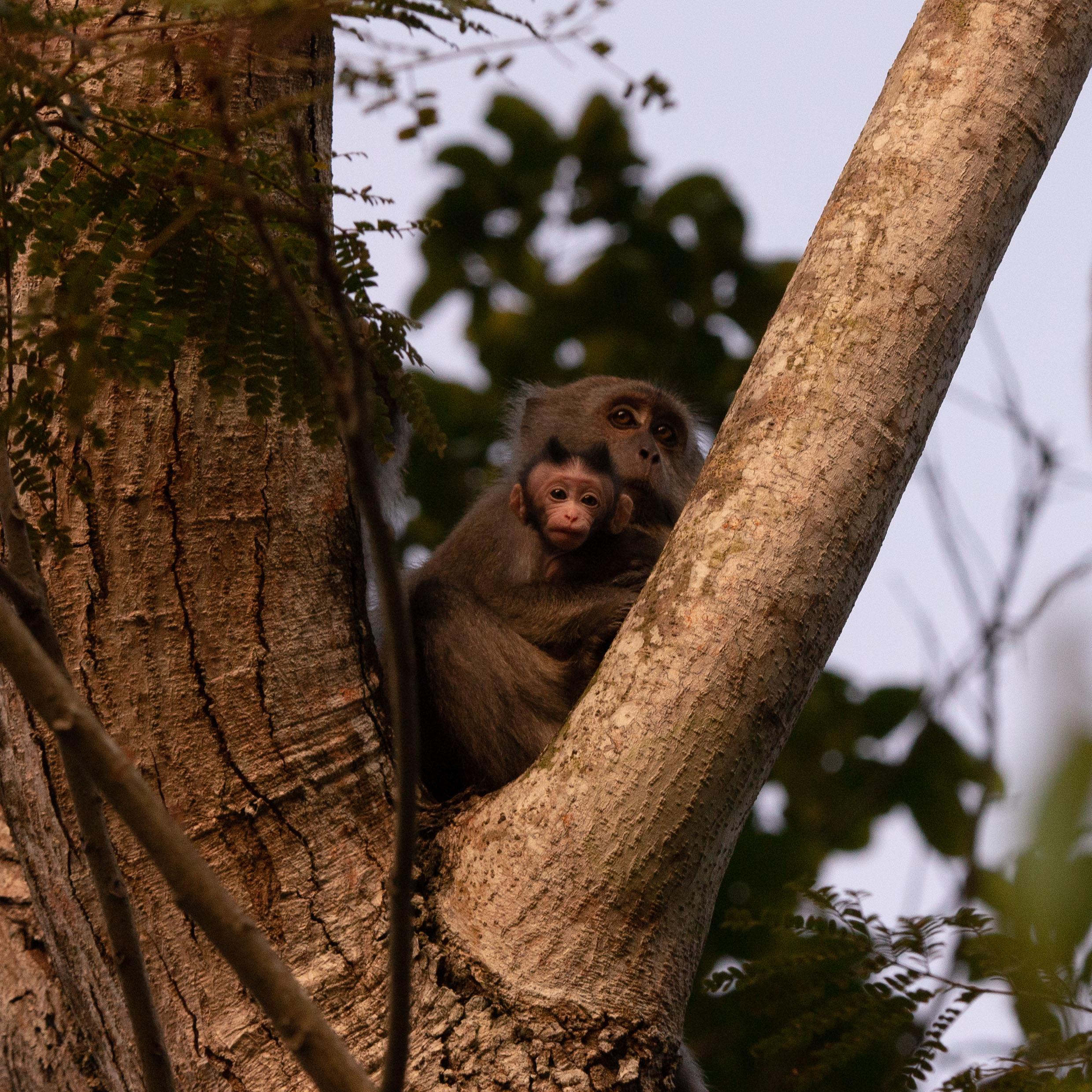Conservation Finance Mechanisms in the Singapore Context
Preface

Image source: Hannah Chua
Adopted after negotiations during Part Two of the Fifteenth Meeting of the Conference of the Parties (COP15) to the Convention on Biological Diversity (CBD), the Kunming-Montreal Global Biodiversity Framework (KMGBF) aims to address widespread biodiversity loss worldwide. Faced with unprecedented rates of ecological change, the framework provides an ambitious roadmap for global action.
Its predecessor, the 2010 Aichi Biodiversity Targets, is widely recognized as having fallen short of expectations, primarily due to inadequate funding mechanisms, poorly defined metrics, and limited awareness beyond policy circles. The KMGBF takes a more comprehensive approach to conservation, acknowledging the indispensable role of biodiversity in addressing contemporary global challenges, including climate change, poverty, and hunger, among others. These approaches involve the integration of biodiversity considerations into broader societal and economic frameworks, with a stronger emphasis on realising the CBD’s 2050 vision of Living in Harmony with Nature.
The private sector has shown renewed interest in financing conservation initiatives under the KMGBF. As observed by our team members who attended COP15, corporate interest in biodiversity conservation is growing, in large part due to mechanisms in the climate space that allow governments and companies to reap returns on investment in environmental efforts. One such mechanism is the carbon market, which has increased funding for climate solutions but remains fraught with challenges related to ensuring additionality, accurate quantification of carbon abatements, and preventing double-counting.
In a similar vein, Target 19 of the KMGBF discusses potential financial mechanisms for supporting conservation efforts in great detail. Biodiversity offsets and credits, in particular, were heavily featured in the negotiations for resource mobilisation. While these schemes have had some success in the UK and Australia, criticisms regarding the practicality and concept of offsetting and crediting entire ecosystems have been raised. In the time since COP15, these schemes are near-synonymous with conservation finance, as many discussions on potential funding mechanisms for biodiversity lean into possible market-based measures like offsetting.
This current spotlight on biodiversity offsetting is likely due to the current dominance of carbon offsets and credit systems in the climate space, with many keen to explore similar solutions for mitigating impacts to biodiversity. However, distinct differences between biodiversity and carbon make it difficult to replicate effectively, and the issues with the voluntary carbon market may be deterring stakeholders from conservation finance in general.
As investing in conservation becomes increasingly mainstream, addressing these challenges is crucial in preventing exploitation or even counter-productive solutions.
With the recently announced recommendations from the Taskforce on Nature-related Financial Disclosures (TNFD) set to spark even greater corporate interest in conservation finance, the need to establish clear and standardised reporting frameworks for businesses and financial institutions becomes ever more critical in order to ensure transparency and accountability.
PAPER A: BIODIVERSITY OFFSETS AND THEIR PLACE IN SINGAPORE

Image source: Jayden Kang
Our first paper explores how biodiversity offsets, currently a hot topic in global conversations on biodiversity policy, could potentially be implemented in Singapore. While biodiversity offsets are listed in GBF Target 19 for Resource Mobilisation, domestically Singapore does not need to mobilise funding for conservation and so this paper considers offsets in the local context specifically as a tool for land-use planning policy, not as a market-based mechanism.
A brief overview of the contents:
- Introduction to Nature Positive and Biodiversity Offsets
- Introduction to Singapore’s Context
- A Review of Biodiversity Accounting in Singapore
- Youth Reflections on Biodiversity Offsets in Singapore
Image source: Jayden Kang
A major conclusion of the paper is that offsetting is extremely difficult to execute successfully, being highly dependent on long-term funding and supervision by qualified experts using a rigorous biodiversity accounting framework based on a large pre-existing dataset. Any meaningful offset would likely be restricted to a domestic or potentially regional system due to differences in biomes internationally, and should only be enacted as a last resort in development.
Paper B: Non-offset Financing Mechanisms for Biodiversity
Domestically, this provides a concrete youth stance on biodiversity offsets for Singapore. Internationally, however, as Singapore has positioned itself as a hub for carbon financial services, would it possibly seek to pursue a similar niche in the emerging biodiversity market?
Given our stance that biodiversity offsetting locally would be incredibly difficult, it would be near-impossible to meaningfully derive conservation outcomes with an international system similar to the carbon markets that currently exist.
However, there remains a major unfulfilled funding gap in conservation. The private sector has been highlighted as a potential solution, especially as many industries heavily profit from the exploitation of ecosystem services, long-term stewardship of natural capital is to their benefit.

Image source: Jayden Kang
If an offset-based funding mechanism cannot work, what else could?
Our team lists some initial thoughts in this paper:
- The Global Environmental Facility (GEF)
- Non-offset based biodiversity credits
- Alternative funding mechanisms:
- Payment for Ecosystem Services (PES)
- Debt-for-nature Swaps
- Green/Blue Bonds/Investment Structured Products
- Blended Finance Mechanisms
- Public-private Partnerships
- Leveraging the existing carbon market for more biodiversity co-benefits
- Possible Stakeholders in Singapore for Further Exploration
- Remaining Gaps and Questions
Image source: Hannah Chua
This paper is intended to serve as a non-exhaustive summary of potential funding mechanisms meant to answer the question “if not offsets, then what?”
We fully recognise that as a youth advocacy group, we lack many of the wider insights key decision-makers are privy to, and hope that this initial compilation will serve as a useful primer for government agencies with portfolios outside of biodiversity conservation to consider.


